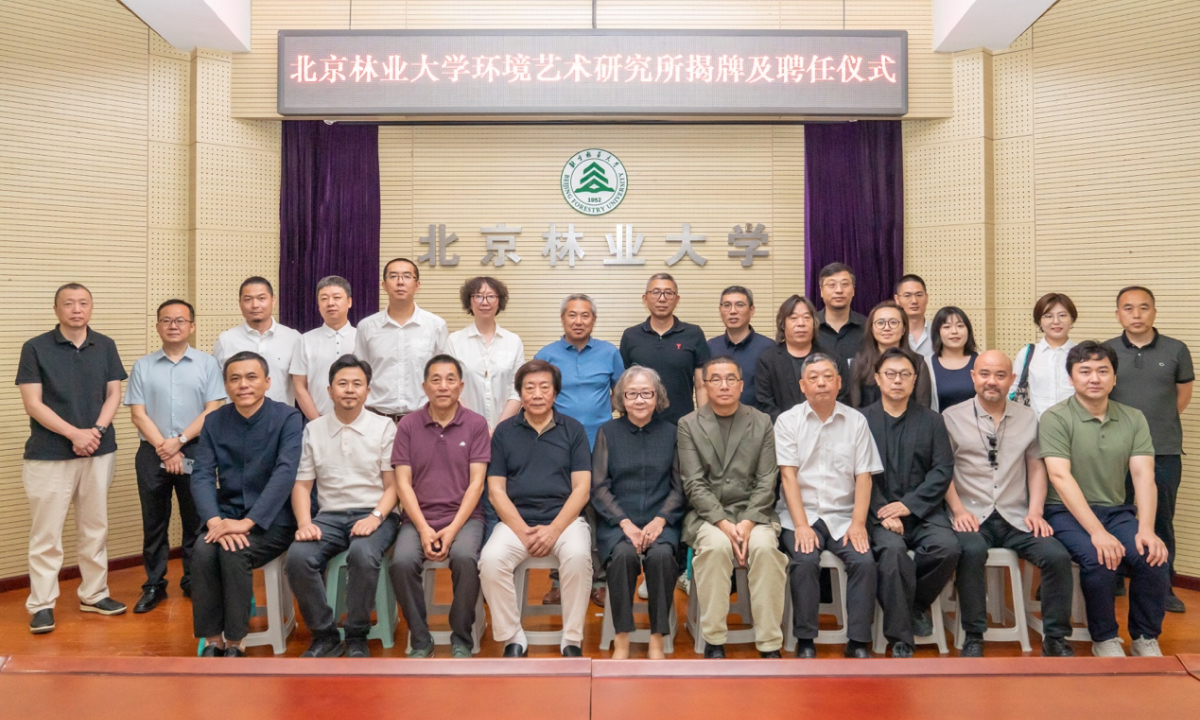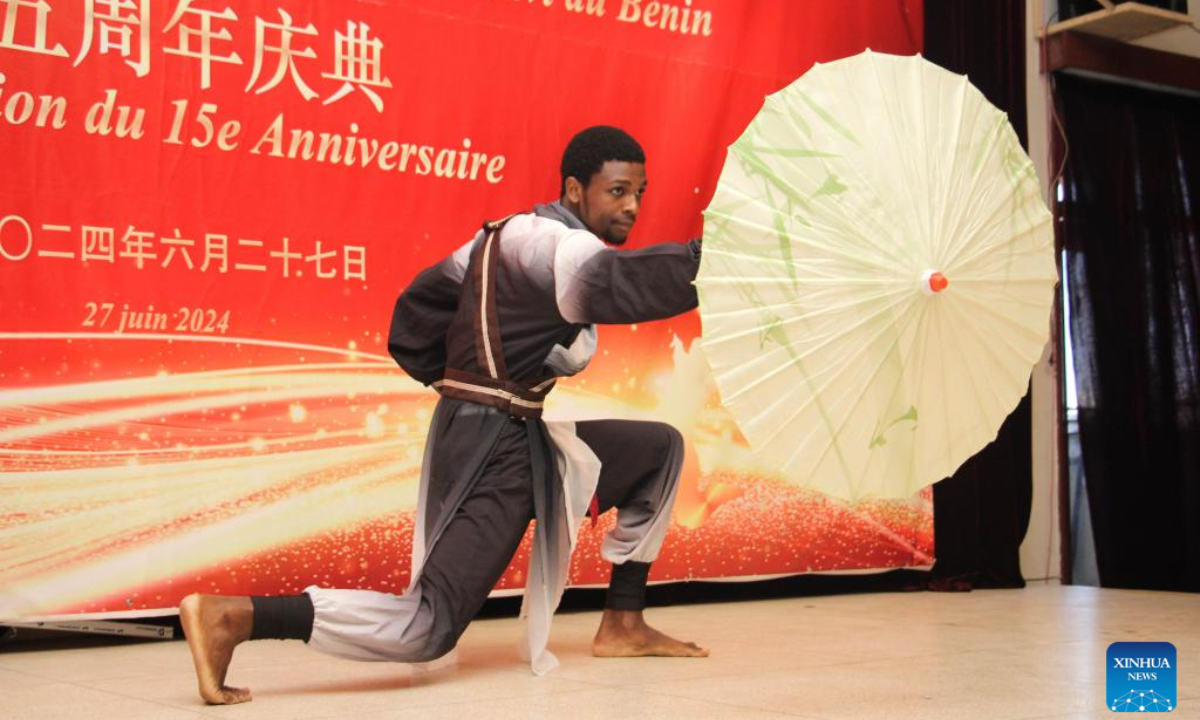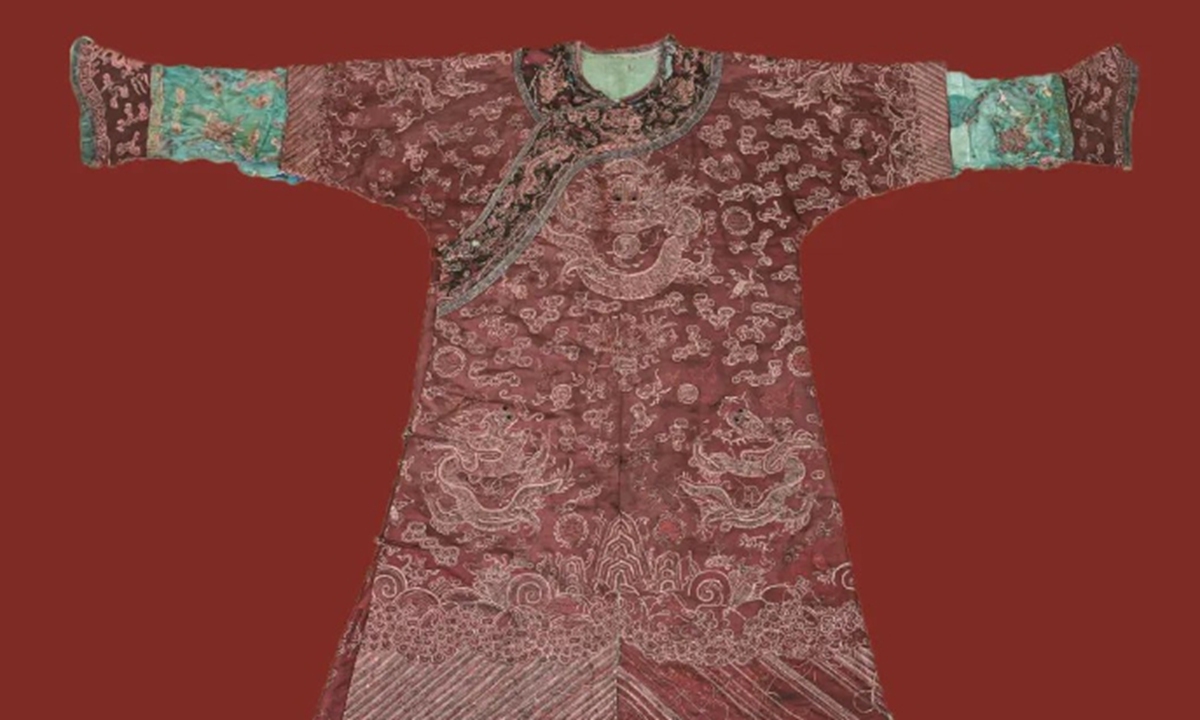
Attended representatives pose for a group photo. Photo: Courtesy of Beijing Forestry University
On Thursday, Beijing Forestry University held an unveiling and appointment ceremony for its new Institute of Environmental Art at the school.
The event was attended by faculty, department heads, and student representatives from the School of Art and Design, as well as other representatives.
University President An Lizhe congratulated the university on the establishment of the institute and commended the preliminary preparations and construction efforts. He emphasized that the formation of the Institute of Environmental Art is a pioneering initiative and a significant step toward implementing the spirit of the 20th National Congress and promoting green development.
Leveraging the university's academic strengths and distinctive development direction, the institute has set three research focuses: the archive of Chinese environmental art, carbon-neutral landscapes and public art, and future museums, according to An.
It has already reached cooperation agreements with several companies and organizations, paving the way for a new landscape and broad perspectives. This initiative is expected to enhance the academic standards, reputation, and social impact of the School of Art and Design, said An.
The afternoon session featured a symposium titled "Chinese Environmental Art Archives and New Quality Design Trends." Experts unanimously agreed that the institute, as a newly established school-level research platform, should capitalize on the interdisciplinary strengths within and outside the university. By deeply integrating art and science, the institute aims to contribute uniquely to the national goal of ecological civilization through the practice of design.
Additionally, the foundational theoretical work of the institute will focus on the research and organization of historical documents, images, and significant manuscripts. This extensive, long-term, and multi-dimensional project should fully utilize and integrate the strengths of industry associations, regional universities, and enterprises to achieve collective progress.


